For many centuries, state centralization has been one way to unite the country. We can find examples of such processes in the dark Middle Ages, in the era of the New Age and, of course, in the modern world.
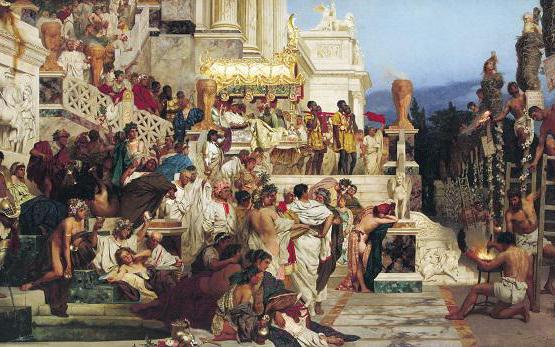
The essence of centralization
For any state, centralization is a process in which a political center gains full control over the life of the provinces. The dependence of the periphery may fluctuate depending on the political course followed by the supreme power.
The principle of centralization originated in the most ancient states at the dawn of human civilization. In eastern despots, such as Persia, this was the capital’s method of exploiting provincial resources. Most of the population of such countries remained powerless and, in fact, fed the elite. The political elite could bring centralization to a situation where the economy and infrastructure of the outskirts were in a completely enslaving position.
Of course, such a gap between the center and its territories led to riots. They could be of a national character. For example, this is how the Babylonians revolted against the oppression of the Assyrian empire, which led to the fall of the latter.
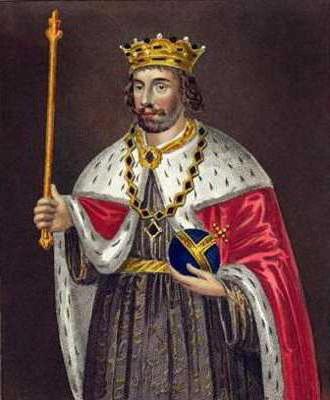
Main features
At the same time, it is important to understand that centralization is a streamlined relationship between the capital and the provinces. In antiquity, a quality road system was a rare exception. The debauchery and the lack of protection of trade communications led to the isolation of different parts of a large state from each other.
But in small states, centralization is a much more feasible political project. In societies living in a small territory, consolidation of unity is much easier. In any case, the development of statehood throughout the history of mankind, regardless of the nation, always assumed and involves a struggle between two trends - centrifugal and centripetal.
In ancient times
In ancient history, the Roman Empire occupies a special place. For its time, it has reached record sizes. The state covered the territory of three parts of the world, between which the inland lake was the Mediterranean Sea.
The Roman emperors with all their status and title claimed complete centralization. On the one hand, they had good roads and a powerful army. On the other hand, there were also interfering factors - motley populations and vast spaces. Therefore, the Caesars built a system in which cities and governors enjoyed a certain degree of independence. It ended at a time when decisions affected foreign policy.
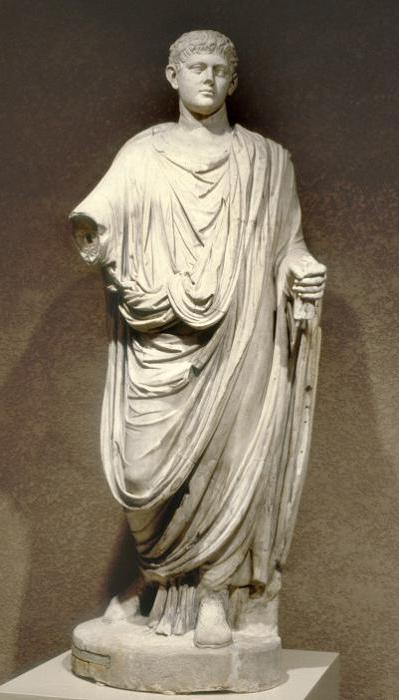
In the Middle Ages
In medieval Europe, in all states except Byzantium, the process of centralization was obsolete. A new system was born - feudalism. He replaced the unified imperial power. Medieval kings were only "first among equals." Numerous barons and counts had their own land plots, small armies and taxed peasants. All this gave economic and political independence from the center.
Feudal Europe was a thing of the past when the Middle Ages ended, and states began to acquire a national character. In England, France and other large countries, kings gradually took over absolute power. Such centralization is a long process that spanned the lives of several generations.
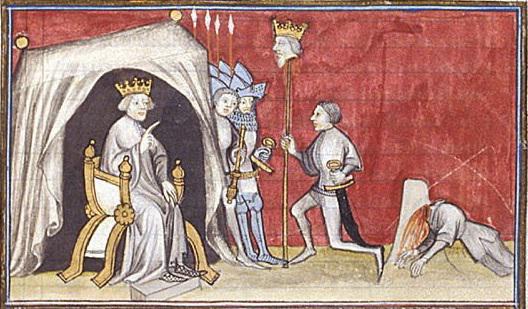
In Russia
In Russia, the development of centralization and its reverse processes took place according to a scenario similar to Europe.The only difference was that the events in Russia were late for a couple of centuries. The first single state among the Eastern Slavs appeared in the 9th century. It lasted two hundred years, after which it broke up into a dozen small principalities.
These states were inherited according to the principle of platoon law, when power was transferred within one large family among the representatives of the Rurik dynasty. Each principality had its own ruler. No single center existed.
Against the backdrop of the national threat in the form of the Golden Horde, Lithuania and Catholic knights, Russian lands united around a small town - Moscow. Gradually, his princes captured or inherited all the principalities, and also created a single system of executive, legislative, and judicial power. So the Russian kingdom was born, which later, in the XVIII century, became an empire.
Decentralization
There is not only centralization, but also the reverse process - decentralization. If the country lives according to the second system of relations between the center and the outskirts, then power is clearly distributed between them. Centralization and decentralization is also a struggle between different interest groups. If the local government seeks self-government and autonomy, then this is a rejection of unitary state.
The center can share power in important areas (for example, when defining legislation) or make purely symbolic concessions. Therefore, centralization and decentralization of management are complex multilayer processes. In each country, they proceed in different ways.
Decentralization remains a frequent occurrence in the case of multinational states. For example, before the First World War, these were empires (Austria-Hungary, Russia, Turkey). In such countries there has always been a conflict between the titular nation and other small nations whose lands were controlled by a single crown.
Decentralization of this order is indicative of the example of Austria-Hungary, where the Hungarians gained autonomy from the Austrians. It was received after several national riots and the 1848 revolution. In former times, bloodshed was a prerequisite for reaching a compromise between the central government and the discontented part of the country.
In the end, the Hungarians got their own parliament. They also began to keep part of the taxes. Such an economic system made it possible to rebuild Budapest in a few years and turn it into a metropolis of the European level of the 19th century. A similar system existed in the Russian Empire, where Finland had its own diet. This country had its own legislation. It was noticeably different from the Russian one - it was more free, without serf costs, etc.
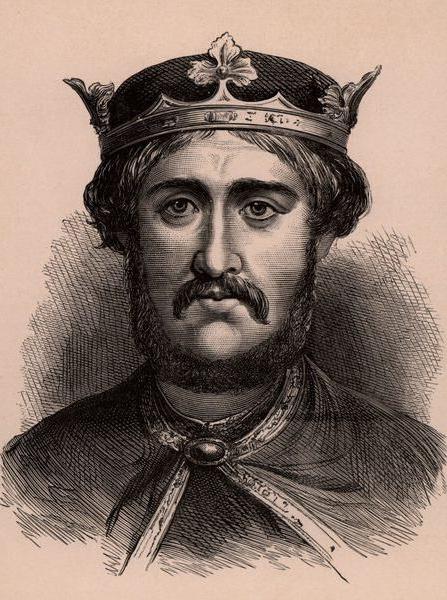
In the modern world
In the modern world, decentralization is achieved by more civilized methods. Often the state resorts to referenda and other forms of popular expression. For example, in Belgium, decentralization occurred after it was decided to divide the country into two parts - French-speaking and Dutch-speaking. The inhabitants of the country achieved this without war and other upheavals.
Today it is difficult to imagine a centralized state in the former sense of the word. In any civilized country, cities and provinces have self-government, municipalities, local parliaments, etc. In some states, a confederation system has taken root. So, for example, happened in the USA, where the state is a union of 50 states. Each of them has its own legislation.